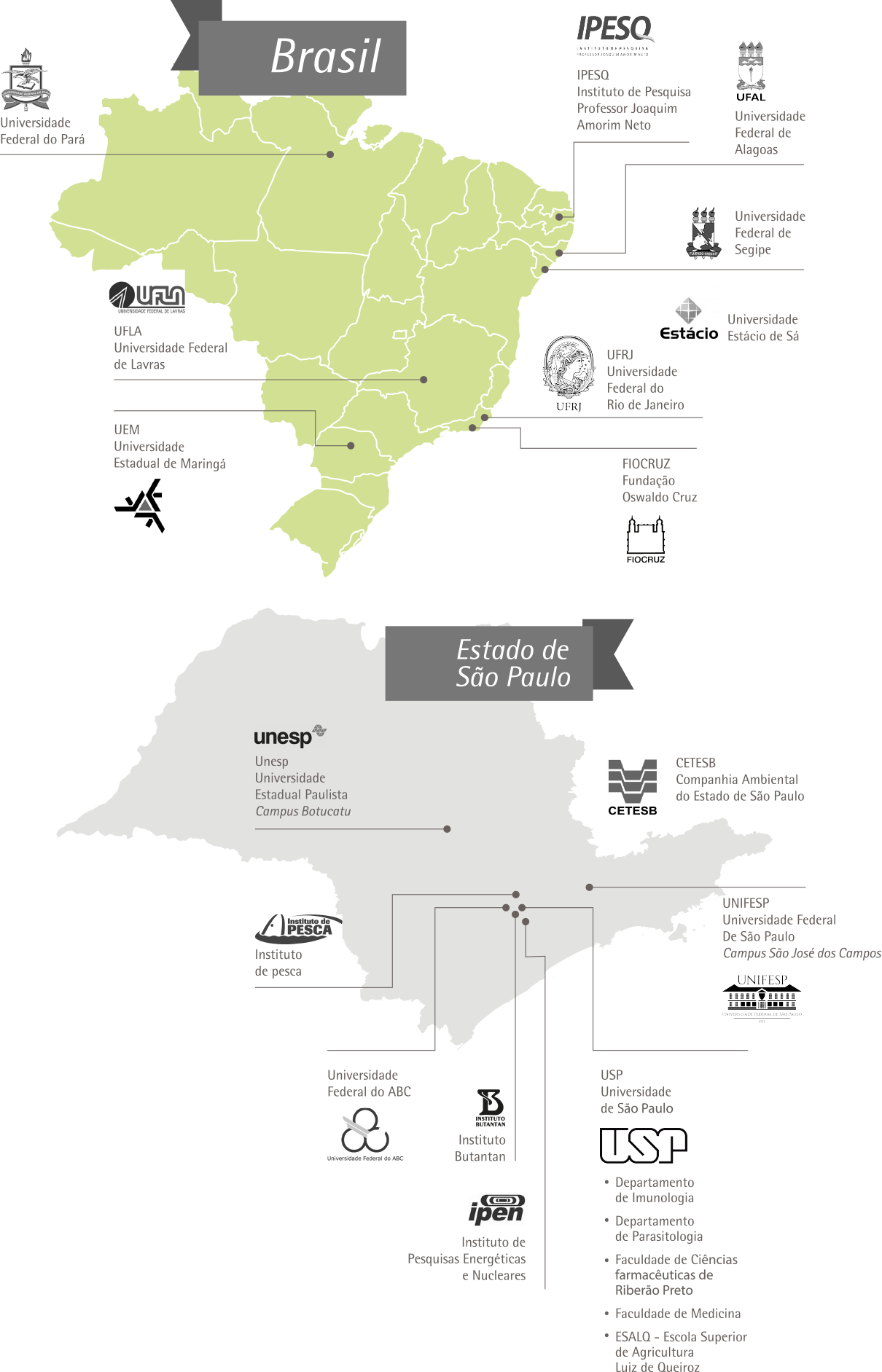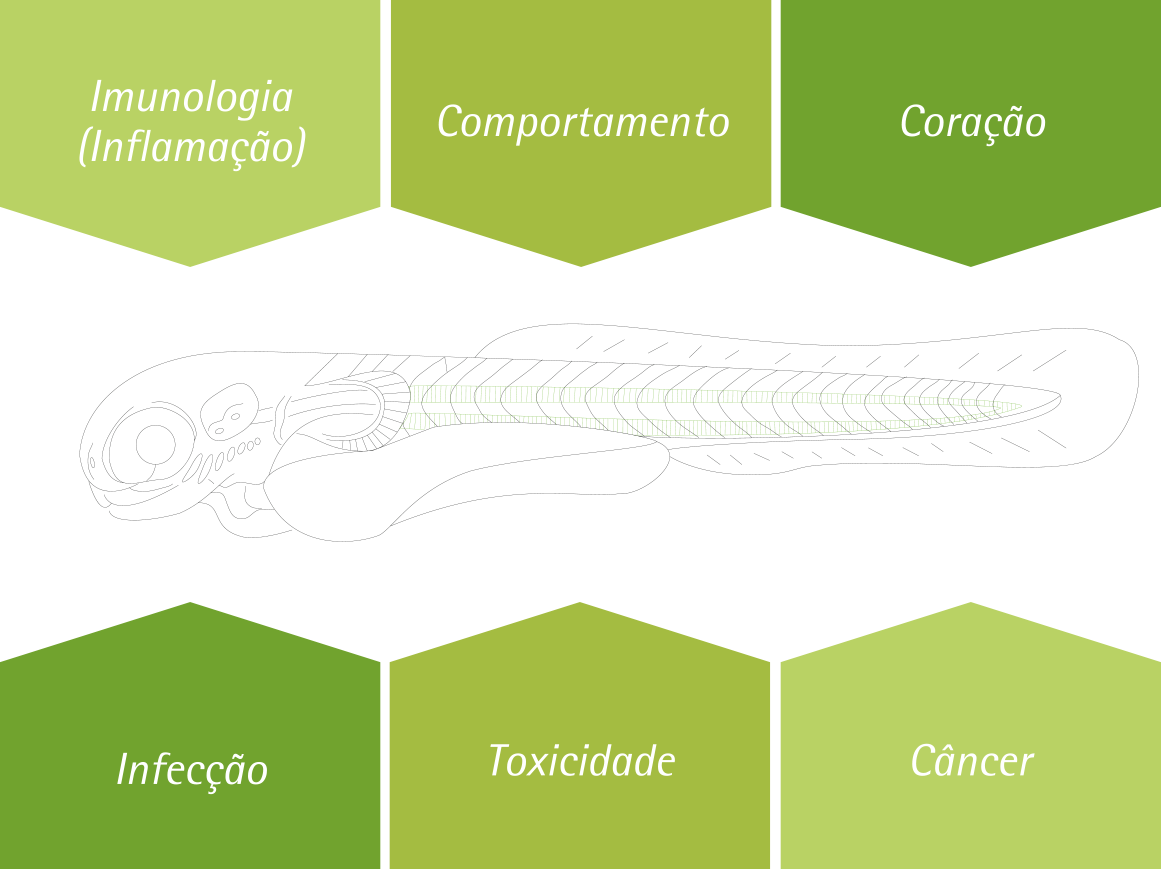Platforms
Immunoregulation Unit_Zebrafish Facility
The Zebrafish facility at the Immunoregulation Unit was opened in 2015 october. The zebrafish (Danio rerio) model systems offer some advantages over higher vertebrates which can also be exploited to answer questions in immunological science: a) embryos’ rapid organogenesis completed within 3 days post fertilization similar to mammalian embryos; b) embryos maintain transparency into the larva stage, facilitating detailed evaluation of structures and organ systems; and c) the entire zebrafish genome has recently been sequenced. The development of zebrafish models of human disease is a first step for their use in drug discovery. We establish a program for attraction of researchers from both academic institutes and pharmaceutical companies to take parts and bring ideas into the program. It helps to diversify the ways and means and bring innovations and technologies in the study of innate and adaptive immune response. Joint research projects with funding were established. Researchers and post-graduate students were attached to and work in the Zebrafish facility at the Immunoregulation Unit.
Group structure
- Researchers
Dra. Mônica Lopes-Ferreira
Dra. Carla Lima
- Technicians
Aline Ingrid Andrade de Barros
Natália Vitorino Leite dos Santos
- Production Assistant
Wilton Queiroz de Souza - Administrative Assistant
Viviane Tomazia da Cunha
Expertise
All the areas where zebrafish is used as a tool
1. creation of transgenic animals harboring fluorescent reporters under control of specific promoters to directly monitor the early immune response in living animals.
2. custom-designed microarray platform to evaluate miRNA expression in adult zebrafish and zebrafish larvae infected with different bacterial pathogens or toxins.
3. developmental toxicity screens with medium-throughput potential (teratogenic drugs; water cinobacteria and micropollutants).
4. investigation of B cell ontogeny and somatic hypermutation of immunoglobulin genes during various types of immune responses.
5. study the in vivo contributions of cytokines-receptors signaling in the mobilization of innate or adaptive cells out of hematopoietic tissue upon a local infection.
6. molecular and cellular mechanisms involved in abnormal morphogenesis (birth defect syndromes).

Contribution
e Sinalização Celular-CEPID/FAPESP
Laboratório Especial de Toxinologia
Aplicada – Instituto Butantan.

Courses

Plataforma

 s
s